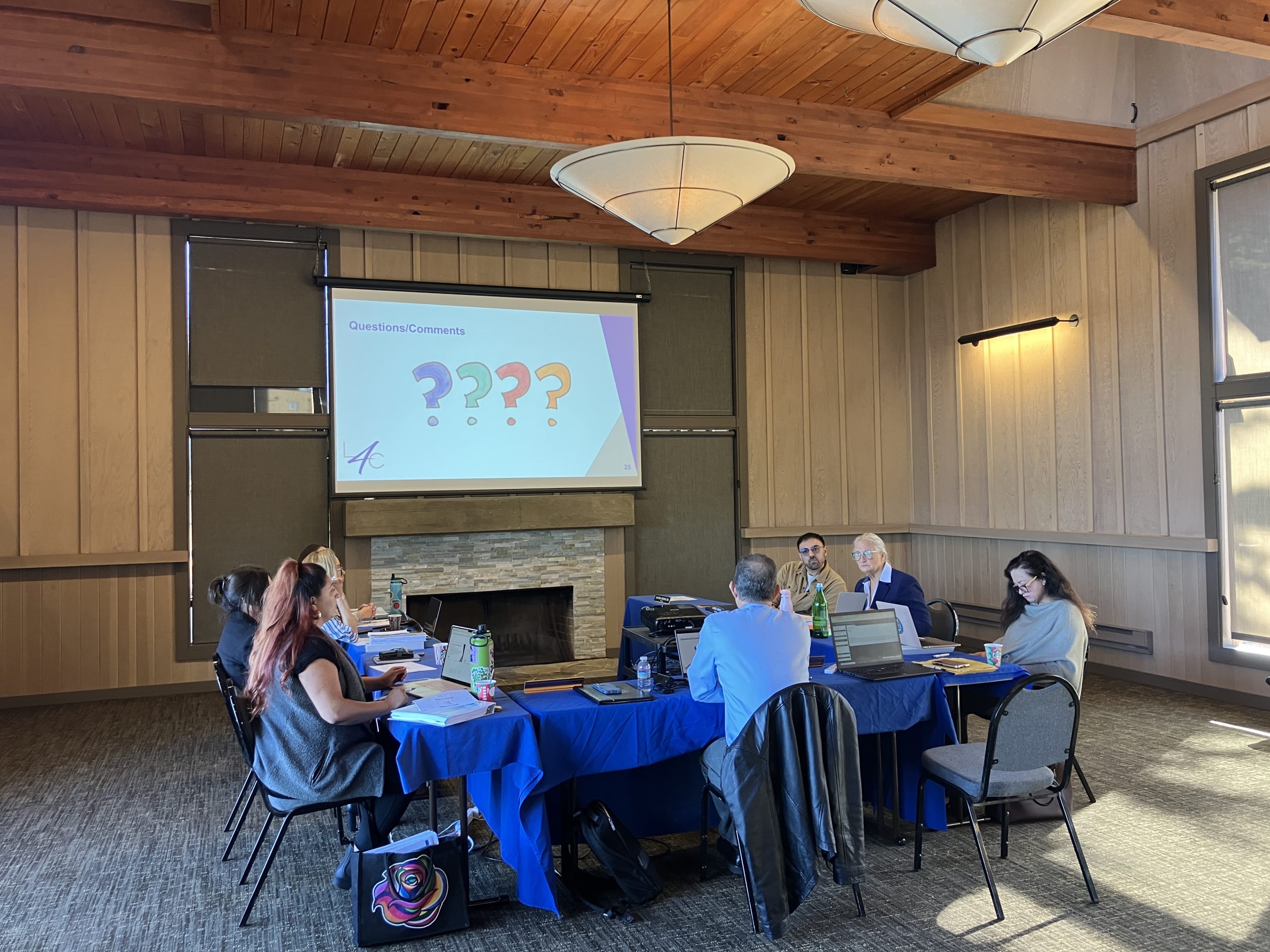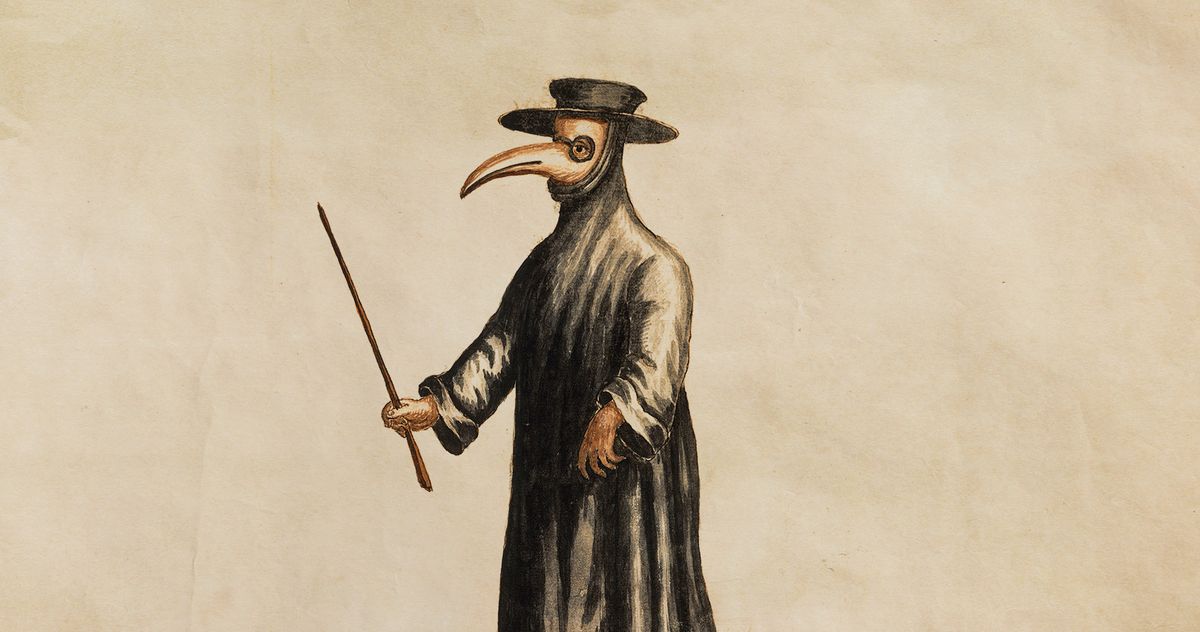
Suits L.A.: Former Mike Ross Love Interest Considers A Potential Cameo On Spinoff Show Screen Rant
source

download here
There have been a lot of reactions trailing the new redesign of the naira notes. According to many Nigerians on social media, what the federal government did should not be called naira redesign but colour change.
Is there more to the redesigning g of the Naira notes than just the Colour?
NIGERIA DAILY: Have Nigerians Found A New Crypto Heaven Or Hell In PiCoin?
NIGERIA DAILY: How High Price Of Commodities Forced Us Out Of Business- Traders
In this episode of Nigeria Daily, we find out.
 Join Daily Trust WhatsApp Community For Quick Access To News and Happenings Around You.
Join Daily Trust WhatsApp Community For Quick Access To News and Happenings Around You.
 Join Daily Trust WhatsApp Community For Quick Access To News and Happenings Around You.
Join Daily Trust WhatsApp Community For Quick Access To News and Happenings Around You.

Lookout Santa Cruz
2024 Breaking News Pulitzer Prize winner
Facing millions in budget shortfalls, Pajaro Valley and Live Oak school districts expect to make deep spending cuts as pandemic-relief funding expires and they confront the effects of declining enrollment. For PVUSD, that is likely to mean slashing expenses for mental health staff and programs.
Selene Avila’s six-year-old daughter struggled to make friends last year in her transitional kindergarten class in Calabasas Elementary School in the Pajaro Valley Unified School District until a social emotional counselor helped teach her daughter about personal boundaries.
“They taught her simple things, like asking before you go to hug people. It’s something that my husband and I talked to her about before, right?” Avila said. “But I feel like coming from somebody else, she could take it more into consideration.”
Avila herself works as a social emotional counselor for the Pajaro Valley Unified School District. She’s worried about what will happen to her job – and the services provided to students like her daughter – if the district follows through with proposals to cut more than $5 million from its budget for the next fiscal year.
Among the proposals is a plan to cut nearly all of the district’s spending on mental health staff, whose positions had been funded through a federal program that helped schools address challenges related to the pandemic.
Avila, and other mental health staff in the district, said it’s “terrifying” to imagine what the cuts will mean both for them and the students who rely on their services. “It would be a great loss for the students.” she said.
Pajaro Valley Unified School District, like many school districts across the state, is facing difficult decisions this year thanks to a triple threat to their budgets: rising costs, lower state education spending because of declining enrollment and the end of pandemic-era federal funding.
The school-budget crisis in Santa Cruz County extends beyond the Pajaro Valley district. Live Oak School District also spent one-time funding on staffing. That funding, which began in 2020, ended with the start of this academic year. Last year, the district went through a tumultuous budget crisis and cut more than $1 million from its books.
This year, Superintendent Pat Sánchez said the district’s budget committee is looking at cutting even more than that to be fiscally solvent for the coming years, however it hasn’t yet released detailed plans for how to trim spending. “We have the committee working to identify about $2 million in impossible solutions for reduction,” he said. “But it’s painful.”
Anticipating the need for cuts, PVUSD assembled a team of community members and district staff earlier this year to craft recommendations on how to trim the budget.
This “sustainable budget team” focused on two main targets for the current academic year: cutting back programs funded by expiring federal pandemic aid, and trimming staff positions because of years of declining enrollment, which the district calls “right-sizing.”
When pandemic relief dollars flowed into PVUSD in 2020, the district turned to the community for guidance and heard about the need to invest in student mental health. It used part its share of federal Elementary and Secondary School Emergency Relief money to hire more staff. From a single mental health clinician at Renaissance High School, the staff grew to eight full-time clinicians, at a cost of nearly $1.7 million annually.
Most mental health staff work in high schools, where three partner with school resource officers at Watsonville, Aptos and Pajaro Valley campuses. One clinician serves the district’s middle school students exclusively, while another works full-time at the district’s wellness center, providing care to students of all ages.

The budget team outlined three possible options for the district’s board to consider this year, each cutting deeply into the mental health program. The plans would eliminate between $1.25 million and $1.5 million from the mental health clinician budget, effectively dismantling most of the program.
Social emotional counseling would lose between $750,000 and $1 million from its $2.9 million budget, threatening positions added during the pandemic. The district currently has 22 full-time social emotional counselors, compared to 12 in the 2019-2020 school year.
Each proposal also includes $750,000 in district office reductions and $1.3 million in cuts to elementary staff, due to declining enrollment. The district’s contract with Pajaro Valley Prevention & Student Assistance (PVPSA) faces reductions of either $500,000 or $1 million. PVPSA is a nonprofit that offers mental health services and health education in the Watsonville area and also partners with the district to provide services.
PVUSD Superintendent Heather Contreras said she sees this year as the first round of what will likely be a multi-year program of budget cuts.
The district will likely have to make about $5 million in additional cuts for the 2026-27 school year, she said, possibly by slashing spending on special education. It will also have to continue to address declining enrollment by finding ways to retain students. For example, she said the district could potentially expand a school’s grade offerings from transitional kindergarten to eighth grade, rather than serving only up to sixth grade.
Contreras said the district has started conversations with local third-party mental health service providers in the hope that they can continue providing support for students. “Now, as the funding source goes away, we have to figure out what to do,” she said.
And, she said, the district is not proposing to get rid of its entire mental health staff. “It’s not a reduction to complete zero,” she said, adding that the district will still have a number of social emotional counselors and mental health clinicians.
Matt Merrill, a mental health clinician with the district since 2019, told Lookout he’s “heartbroken” at the proposals to cut mental health staffing. He serves between 40 to 80 students annually depending on the year.
“We’ve saved lives, so it’s really scary to think about,” he said, adding he doesn’t think contracting for mental health support through local organizations will be enough to address the students’ needs.
PVUSD’s budget team plans to present its recommended cuts to the district’s governing board at its Jan 15 meeting. The board will likely discuss and vote on the cuts on Feb. 12. Once the board approves the budget cuts, the district’s human resources staff will figure out which employees will receive layoff notices. By state law, those notices must be delivered before March 15.
At Live Oak Unified School District, Sánchez said the final scenarios for budget cuts will be brought to the board at a meeting on either Jan. 15 or in early February in order to meet the March 15 layoff notification deadline.
He’s hoping that at least some budget reductions may turn out to be temporary. “Even when we make the cuts we might come back and restore those if we’re able to get to a better place before the end of the year.”
After three years of reporting on public safety in Iowa, Hillary joins Lookout Santa Cruz with a curious eye toward the county’s education beat. At the Iowa City Press-Citizen, she focused on how local… More by Hillary Ojeda
Something went wrong. Please refresh the page and/or try again.
Already have an account? Sign In
Create an account to read two additional articles for free. Or gain unlimited access to Lookout’s award-winning local news by becoming a member.
Unlimited access to our
all content and archives.
Sign in now and get
2 free articles.
Sign in by entering the code we sent to , or clicking the magic link in the email.
By registering you agree to our privacy policy.
Get the best of Lookout Santa Cruz directly in your email inbox.
Sending to:

“Seven in 10 Americans say the quality of the health care they receive is ‘excellent’ or ‘good,'” … [+]
Are Americans truly sick and tired of their healthcare system? Social media has been alight with stories about insurance companies denying claims or limiting access to care in the wake of the assassination of UnitedHealthcare’s CEO earlier this month.
But the public’s attitude toward health care in the real world is not nearly as sour as it appears online. According to survey data published this month, most Americans are pleased with their own health care. And they should be. They’re much better off than their peers in government-run healthcare systems abroad and in our neighbor to the north, Canada.
That new survey data come from Gallup. Looking at the headline on the research outfit’s website—”View of U.S. Healthcare Quality Declines to 24-Year Low“—you’d be forgiven for thinking that things were bad.
Indeed, Americans tend to take a dim view of their healthcare system in the abstract. Only 19% of Americans say they’re satisfied with healthcare costs, and just 11% say healthcare quality is “excellent.”
These negative opinions of the healthcare system writ large are partially a matter of perspective. Zoom out, and things tend to look bad. Everyone knows someone who has had to fight with an insurance company over a denied claim. News coverage is chock full of outrageous “medical bills of the month.” America spends more on health care than its peer countries—but lags them on measures like life expectancy.
(Never mind, of course, that most of the discrepancy in life expectancy can be explained by the fact that Americans die of drug overdoses, traffic accidents, and gun violence at rates well beyond their peers. Our healthcare system has little to no impact on these causes of death—and their effect on life expectancy.)
Ask Americans about their own personal situation with the healthcare system, and their tune changes drastically. Seven in 10 Americans say the quality of the health care they receive is “excellent” or “good.” Nearly two-thirds say the same about their health coverage, according to Gallup. Almost six in ten say they are satisfied with their own healthcare costs.
All those numbers are in line with what Americans have been saying for over two decades.
They’re also in line with polling sponsored earlier this year by the organization I lead, the Pacific Research Institute. More than nine in ten likely voters told us in July that they were satisfied with their health insurance plans. That number has been on the upswing for three years running.
Americans’ views of the healthcare system are similar to their views of Congress—they generally disapprove of the body at large but tend to like their individual representative.
People upset with the American healthcare systems would be wise to take a look at the misery that befalls patients in countries with government-run systems. Our peers abroad may have public coverage. But they struggle mightily to get access to care.
The median wait for treatment from a specialist following referral by a general practitioner in Canada was 30 weeks this year, according to a study published this month by the Fraser Institute. That’s the longest wait time ever.
Things don’t look much better across the pond. The United Kingdom‘s Secretary of Health, Wes Streeting, has called the country’s National Health Service “broken.” In England, the waiting list for elective treatment reached 7.7 million this year—nearly triple what it was a decade ago. Thanks in part to the NHS’s failures, Britons are falling behind on metrics from life expectancy to infant mortality. An increasing number is seeking private care in response.
Despite a lack of universal coverage, Americans spend less out of pocket on health care than do people in other countries. According to a recent OECD study, out-of-pocket health costs accounted for just 2.8% of American household consumption in 2021. That’s less than the OECD average of 3.3%—and less than what patients pay in Germany, Canada, Switzerland, and other developed countries.
The American healthcare system is not perfect. But we shouldn’t lose sight of what the system gets right—and the fact that most people approve of their own experiences within it. If the next Congress adopts market-oriented reforms that empower doctors and patients, public satisfaction should increase.

Dan Rhodes is a physical education teacher at Chelsea's South Meadows Elementary, as well as the high school's head freshman football coach and an assistant varsity baseball coach. Photo used with permission from Dan Rhodes.Photo used with permission from Dan Rhodes
CHELSEA, MI – Dan Rhodes always enjoyed going to school.
A Chelsea native, he graduated in 2007 before heading off to Hillsdale College. Now, Rhodes, a physical education teacher at South Meadows Elementary School, said he’s enjoying paying it forward to ensure students get a good education.
If you purchase a product or register for an account through a link on our site, we may receive compensation. By using this site, you consent to our User Agreement and agree that your clicks, interactions, and personal information may be collected, recorded, and/or stored by us and social media and other third-party partners in accordance with our Privacy Policy.
Use of and/or registration on any portion of this site constitutes acceptance of our User Agreement, (updated 8/1/2024) and acknowledgement of our Privacy Policy, and Your Privacy Choices and Rights (updated 1/1/2025).
© 2024 Advance Local Media LLC. All rights reserved (About Us).
The material on this site may not be reproduced, distributed, transmitted, cached or otherwise used, except with the prior written permission of Advance Local.
Community Rules apply to all content you upload or otherwise submit to this site.
YouTube's privacy policy is available here and YouTube's terms of service is available here.Ad Choices

After TEA order, here’s how Austin ISD is overhauling its special education: ‘I am hopeful’ Austin American-Statesman
source

XRP ranked top among the most traded altcoins in December after a period marked with mixed movements. The asset price spiked to new highs not seen in three years before dropping nearly in two weeks. Despite this trend, it ranked above major altcoins in several metrics.
Recent data shows XRP became the most traded altcoin on Binance in December. With days left to the new year, the asset’s volumes continue to soar alongside its institutional funds. On the Binance futures market, the asset’s trading volume hit a staggering high of $116.6 billion with slight periods of sideways trading.
According to Maartum, XRP has shown signs of recovery above other assets in the past 48 hours. This follows high sell pressure that plagued Bitcoin and the wider market, with some coins posting double-digit outflows.
“XRP is the most traded altcoin on the Binance Futures market, with a trading volume of 116.6B already, and the month isn’t over yet. It’s important to track the top-traded coins on Binance, as they should be your main focus when trading altcoins. In the past two days, both Bitcoin and altcoins have experienced large declines. XRP seems to be one that could recover quickly.”
Trading volumes on Binance are closely monitored to give traders a general sense of the market. Binance, the largest cryptocurrency exchange by trading volumes, is a major driver due to major whale and retail activity.
The activities of traditional and large stakeholders bolstered investor confidence in crypto assets. After the United States election, investors dominated the scene, setting sights on new gains. New flows sent the price of Bitcoin above $90K before hitting higher levels. This sparked a similar momentum in altcoins, with XRP and Solana being the biggest gainers.
XRP jumped to a three-year high, temporarily outpacing Tether by market cap. Trading at $2.6, its market cap topped $130 billion alongside surging trading volumes. Institutional investors flooded XRP for two reasons; its utility in cross-border payments and anticipated clear rules in the United States.
Over the years, Ripple has tapped several central banks and organizations towards cross-border payments and Central Bank Digital Currency (CBDC) architecture. The company also faced headwinds after the U.S. Securities and Exchange Commission (SEC) filed a lawsuit against the firm for offering unregistered securities. Donald Trump’s win promises clearer rules in the U.S., driving traction back to the asset.

Are We Rolling the Dice on Bird Flu? New York Magazine
source